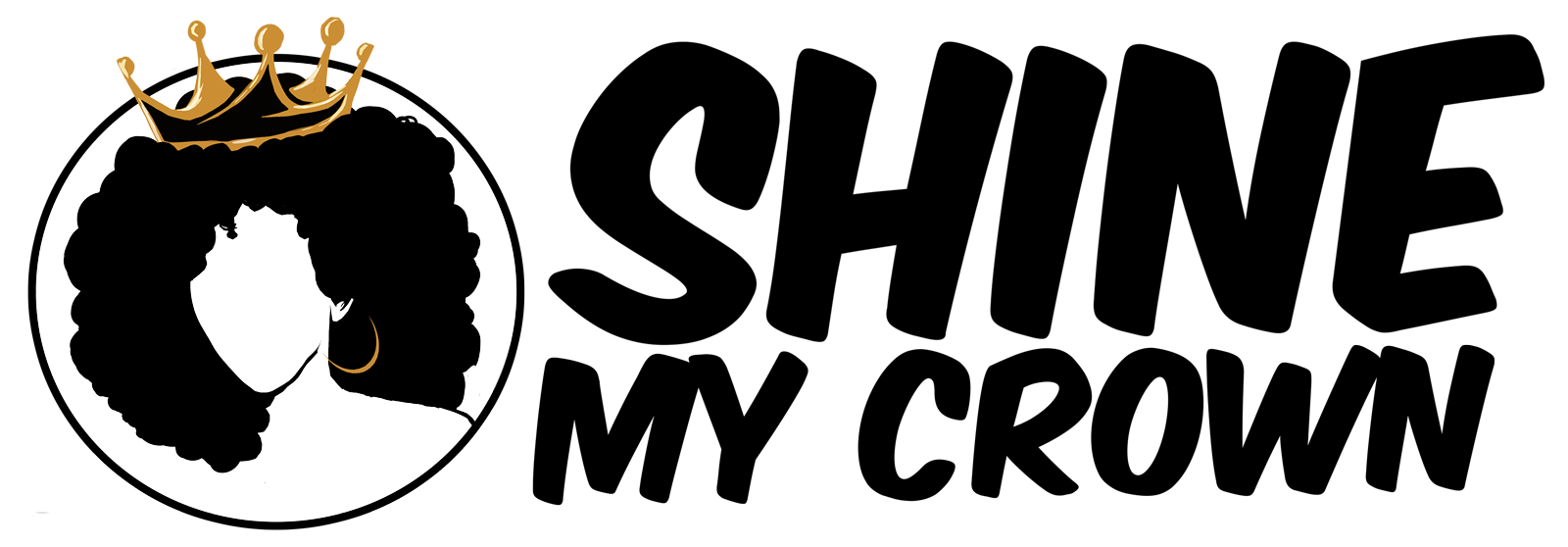A community support group in Hackney, London, known as Rise.365, is campaigning for a broader range of emojis to reflect the diversity of Black hairstyles, including afros, braids, and curls.
The initiative was sparked by concerns about hair discrimination experienced by group members and aims to normalize and celebrate the beauty of Black hair.
“It’s sad and disappointing because it’s just showing how we [Black people] are not really seen in a bright light,” said 18-year-old Reanna Bryan.
She shared her personal experience of being told her braided hairstyle was unsuitable for her new culinary job, which prompted her to reach out to Rise.365.
“You’ve got a blond or ginger girl, and you haven’t got just a simple girl with an afro, braids, or anything like that,” Bryan added.

Amina Gray, a youth mentor and facilitator at Rise.365, emphasized the need for representation:
“Black people, and women in particular, tend to have so many different hairstyles, but none of these are represented. We need to normalize that our hair—whether it’s in its natural state or in a protective hairstyle—is acceptable and professional.”

To address this issue, the young members of Rise.365 were encouraged to create emoji designs reflecting their diverse hairstyles.
Gray explained:
“I asked all of our young people to draw something that either reflects them or an emoji they would like to see on the keyboard.”
The group ultimately selected four hairstyles to represent the community: braids, afros, locs, and cornrows. These designs were brought to life with the assistance of junior designer Vanita Brown from Good Relations PR.
“Most emojis tend to reflect the majority,” Brown noted. “I feel that Black and mixed-race hairstyles weren’t prioritized in the initial designs because the creators didn’t necessarily consider or prioritize the diversity of Black hairstyles.”

The Unicode Consortium accepts new emoji proposals, though only a small fraction are approved for encoding. Rise.365 plans to submit their designs for consideration in April 2025.
Gray highlighted that the campaign is about more than just emojis:
“The four we have designed are just the start. [The campaign] is a teaching opportunity. I don’t want people to think we just want emojis because we want to be represented that way. It’s about empowering people and helping them realize that their hair is beautiful.”
